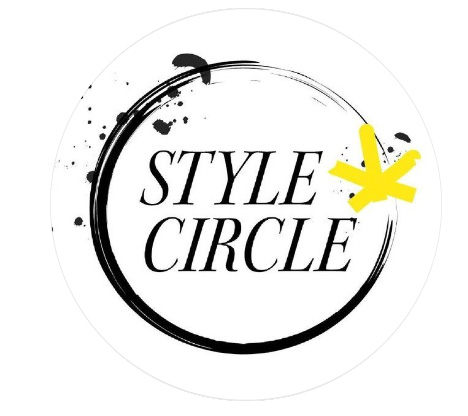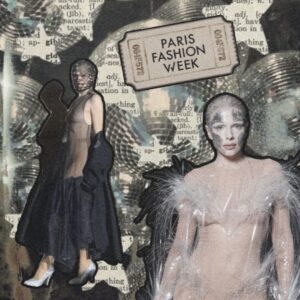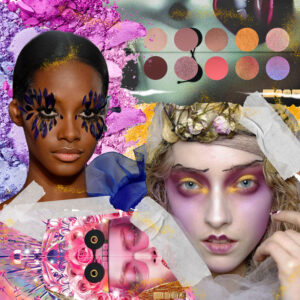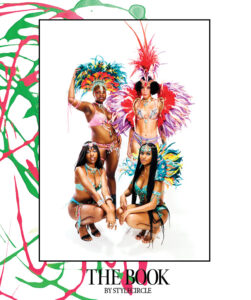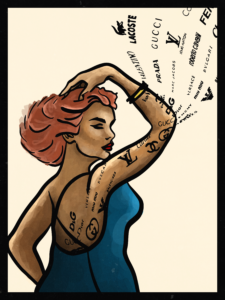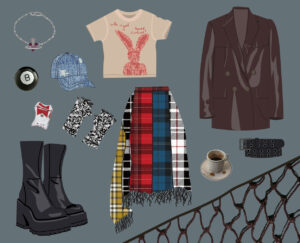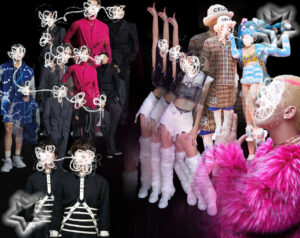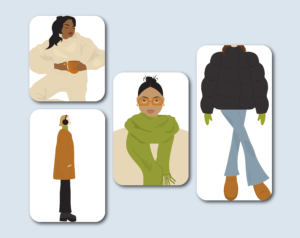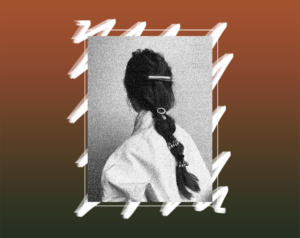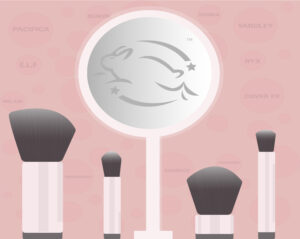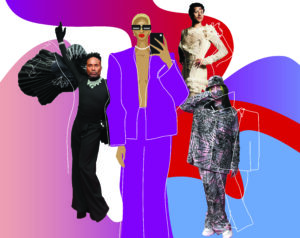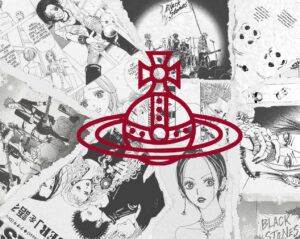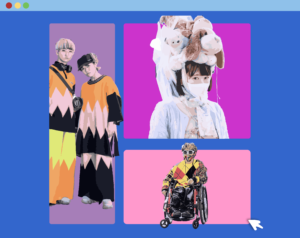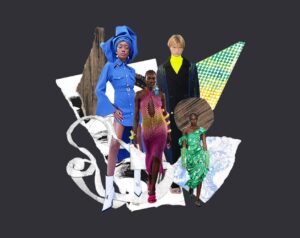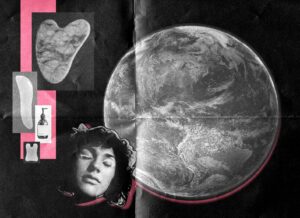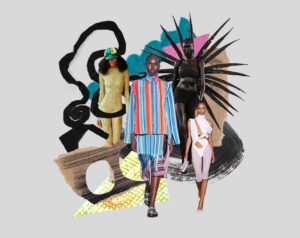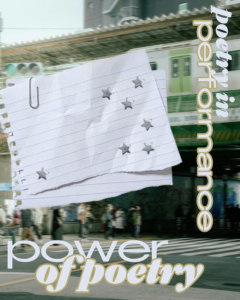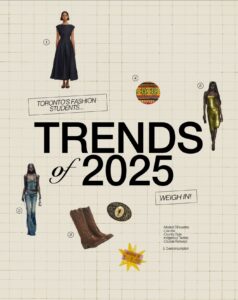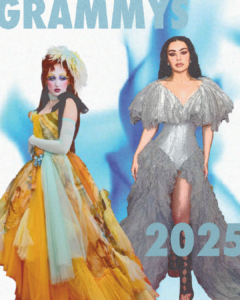AUTHOR: Lama Alshami
GRAPHIC DESIGNER: Jasmine Natan
More than a hundred years ago, in a neighbourhood in New York, a bustling revival of African-American literature, music and fashion was taking place. After World War I, Harlem became a hub for Black culture in the 1920s. Dubbed the “Golden Age” of African-American culture it was a passionate reflection of the cultural and societal changes happening across North America. Fuelled by Black pride, the Black experience was finally being represented, with Black Americans taking control of their own narrative.
The Harlem Renaissance ignited the Civil Rights Movement, with its celebration of the creativity and individuality of Black Americans, rejection of traditional gender roles and bold social and artistic exploration.
Black literature, art, fashion, theatre and music became forms of activism championing social justice and progressive politics. It was a period of self-expression and cultural pride and timeless fashion that emerged from this era continues to influence our clothing today.
Although maximalist fashion as we know it first gained popularity in the 1980s, Harlem fashion was known for its vibrant colours, complex patterns, bold motifs and daring silhouettes. Different textures, shades and accessories were layered to create a timeless look. Feathers, fur, lace, silk and wool were some of the many luxurious textures of the time. Bright red, royal blue, jade green, metallic gold and rich brown were among the colour palette defining the era.
The oversized jackets, baggy pants and long chains we see in modern fashion today didn’t appear out of nowhere. In the 1930s, in the vibrant streets of Harlem, a dashing outfit, known as the “zoot suit” was increasingly popular among the youth. This suit consisted of high-waisted balloon pants tapered at the ankles, oversized jackets with broad shoulder pads, wide-brimmed hats and long chains.
But this type of dress wasn’t just fashionable, rather it was a method of protest against the systemic racism in the U.S. This outfit was mainly worn by Black, Mexican American and other minority youth, gradually becoming a marker of race. In World War II, the suit was banned due to the large amount of fabric it used and those who wore it were labelled as unpatriotic. Nonetheless, the suit was worn with pride in the face of the animosity it garnered among the white majority.
The fur craze currently taking over the world of fashion in the 2020s can also be traced back to the Harlem Renaissance. During that time, fur coats emerged as some of the most iconic garments, worn by influential figures like Zora Neale Hurston and Josephine Baker. These stylish pieces were coveted possessions, often passed down from generation to generation.
Cloche hats — the signature hat of the Renaissance — are also making a brave comeback this season. The close-fitting, bell-shaped hat that hugs the wearer’s head is one of the best-known symbols from that era. These hats embodied the liberation, sophistication and modernity of the time. Today, they continue to evoke that same sense of elegance while adding a touch of vintage charm.
The Harlem Renaissance was more than just a moment in time—it was a profound cultural awakening that laid the groundwork for the future of fashion. Its impact is evident today, from the street to the runway. Through the laborious craftsmanship in fashion design, the legacy of the Harlem Renaissance lives on, celebrating the resilience and creativity of Black culture.
